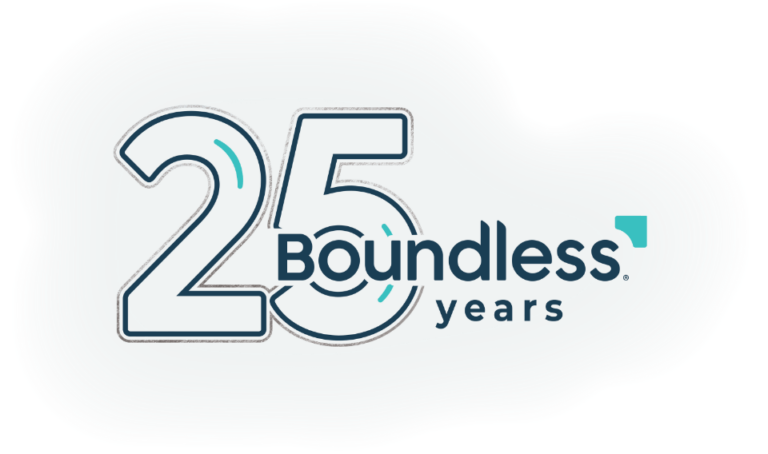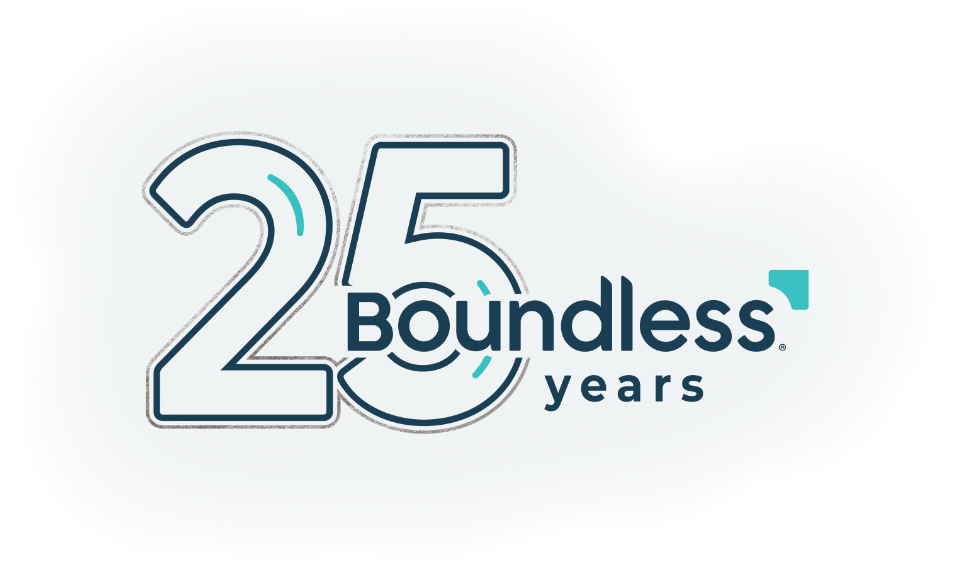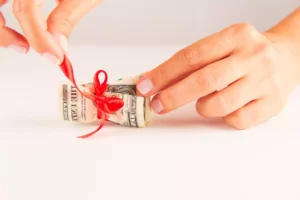Four years ago, a young couple came to the bank where Dee Sokolosky serves as president and sat down across from his desk.
They wanted to buy their first home.
Nice couple, Sokolosky remembers. But he took one look at their numbers and saw red flags. Six thousand dollars in credit card debt. No assets, just two cars with massive loans.
“We have to be careful about encouraging young kids to get into a house as quickly as possible,” he warns. “It’s not always the best decision.”
So Sokolosky broke the news. “Now is not the time to buy a house,” he told the couple. “You have to change your lifestyle first.”
The advice didn’t sit well. In fact, a few months later the couple hopped to a different bank, got qualified for a house loan — a very large loan since they had no savings — and moved in.
Last month, that house was presented at a local sheriff’s sale. The couple is now divorced.
It’s a tale that makes Sokolosky wince. But he tells it because he doesn’t want other young couples to make the same mistake.
“We have to be careful about encouraging young kids to get into a house as quickly as possible,” he warns. “It’s not always the best decision.”
How do you know if it’s the best decision for you?
In an interview with Boundless, Sokolosky offered the following advice for twentysomethings looking to buy a home.
First, determine if you are a good home-buying candidate by asking yourself two questions:
1) Do you have credit card debt? 2) Do you have a down payment less than five percent of the purchase price of the home? If the answer to either is yes, it’s time to take a hard look at your finances.
Start with the debt.
Each individual case is different but, in general, Sokolosky says, “You should probably not purchase a home if you have credit card debt.”
This advice alone is enough to knock the wind out of many excited new graduates. No credit card debt as a prerequisite to buying a home? Is he serious?
Sokolosky admits the debt won’t keep the bank from giving you a loan — the young couple he knew proved that. But, he says, it should keep you from taking the loan.
Not only are homes more costly than apartments, they require lots of additional spending on things like lawn mowers, paint, landscaping and upkeep.
Credit card debt is a big signal that you can’t handle the financial obligations you have right now. Be very careful about taking on more.
Next, the down payment.
“If you have not saved at least enough money to make a five percent down payment,” Sokolosky says, “you should really do more thinking and praying about buying a house.” Why? Because it’s not just about the down payment. Your habits suggest “you have not been able to consistently save enough on a monthly basis to be ready for the additional expenses home ownership will bring.”
Unfortunately, there are any number of companies trying to lure you with “no down-payment” or “no closing costs” deals. But don’t be taken in, Sokolosky warns. “No down payment” offers can leave you owing more than your house is even worth. And “no closing costs” usually just mean that the closing costs have been added into the price of the house.
Do these red flags mean the end of the American dream? Not necessarily, says Sokolosky. “Owning a home brings many quality of life benefits. Our kids may be safer in the back yard than they are in the apartment complex. There’s long term value in owning a home. You can put down roots.” It’s worth doing what it takes to to turn the red flags into green lights.
- Look for places to cut costs: eat out less, get rid of mini-storage, opt out of caller ID and other phone features, cancel cable and cut the number of lattes to once a week rather than every day.
- Develop a saving mentality. One trick my husband and I use is to “hide” our money from ourselves. Each month, we direct deposit a set amount from our paychecks into a savings account. The remainder goes to our checking account. In essence, we never even see that money and it adds up quickly.
Once you have debt under control and a down payment building, you can begin considering home ownership. But, Sokolosky says, buy smart by knowing which common traps to avoid.
For starters, be realistic about the loan amount the bank “qualifies” you for. It’s almost always more than you should be spending.
Most banks decide what to loan you using the 28/36 Rule. That means your house payment can’t exceed 28 percent of your gross monthly income and your total debt can’t exceed 36 percent.
Here’s the problem, says Sokolosky. This rule is developed based on the average U.S. consumer, who only gives 1.7 percent of their gross income to charitable and religious causes. A Christian should be giving at least 10 percent.
“This is why one family out of ten tithes,” he says. “We simply can’t. Because we’ve allowed the secular business world to tell us what we should spend.”
Sokolosky suggests a different guideline: “My rule of thumb is that the purchase price of the house should not exceed 2.5 times your gross annual income, and the mortgage loan amount should not exceed 2 times your gross annual income.”
What does this difference mean? For a couple making $4,000 a month, ditech.com estimates they could borrow $163,000. But using Sokolosky’s recommendation, they would limit themselves to a $96,000 loan.
Of course, limiting ourselves is not a popular concept these days. All of us would love a “starter” home with 4 bedrooms, 2 ½ baths and granite countertops. But maybe, Sokolosky says, we need to reevaluate how we should be starting — especially if starting smaller ensures financial security.
Second, have a PMI plan.
PMI is Private Mortgage Insurance — a fee for insurance that protects the bank against people who default on their loans. And if you put less than 20 percent down on your home, they can legally charge you for it.
“You know how people tell you that if you rent, you’re throwing money down a rat hole?” asks Sokolosky. “PMI is the ultimate rat hole.”
For example, if you buy a $100,000 home with five percent down, you’ll pay an additional $68 per month in PMI. And it will take you 11 years to pay your loan down to $80,000 and get rid of the PMI.
Ideally, then, none of us would purchase a home until we could put 20 percent down. But, let’s be honest, not everyone is willing to wait — including me.
So, it’s good to have a PMI plan. Here are two ways to get rid of it. First, make your loan go down: Pay extra on your house payment until you’ve paid the loan down to its 80 percent mark.
This is the safe way, and another reason why it’s beneficial not to overload your budget with a big house payment.
The second way is possible when the value of your house goes up. This is the not-so-safe way because you’re dependent on a hot housing market and, instead, you might get burned.
Fortunately, I was able to take advantage of Denver’s market several years ago to get rid of PMI. We bought our house there with 5 percent down. Thankfully, real estate values soared. After 18 months, our house was worth enough that our loan was only 80 percent of its value.
So we called the mortgage company, had the house reappraised and got rid of the PMI. But there were catches. Our mortgage company wouldn’t allow us to reappraise until we owned the home two years. That meant six extra PMI payments we had to make, no matter what.
Had mortgage rates been favorable, we could have done a refinance — getting us a new appraisal and eliminating PMI. But, as Sokolosky points out, loans are never free. Lawyers, court clerks and title companies all want to be paid. For us, the closing costs far outweighed any PMI savings, so we stuck it out.
Also, the appraisal fee came out of our own pocket, leaving us several hundred dollars lighter. And, finally, it was all on us. The mortgage company never told us when we might be eligible. We had to do the research and the work. But it was well worth it.
Later, after being transferred, we were able to cash out that increased value. And though it was tempting to climb the housing ladder and take out a larger loan, we used the money to put 20 percent down on our next home and say goodbye to PMI forever.
For most of us, our homes are the biggest financial decision of our lives. By understanding when you’re ready to buy and which traps to avoid, you can also make it your best.
Copyright © 2005 Heather Koerner. All rights reserved.










